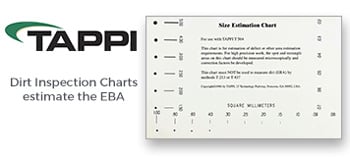Developing and Marketing Tree Free and Recycled/Post-Consumer Paper Products, 1998 North America Nonwood Fiber Symposium Proceedings
Forest ecosystems are disappearing, partially as a result of logging for the pulp and paper industry. While nearly half of logging production is used for lumber and plywood, paper production accounts for twenty-eight percent (28%) of the total U.S. annual forest harvest. The United States consumes twice as much wood as other industrialized countries, the equivalent of one mature tree per person per year. Worldwide paper consumption has increased rapidly over the past 13 years. Paper consumption reached 280 million tons worldwide in 1996 (80 million in North America), an increase of 100 million tons in 12 years. North America, Japan and Western Europe, with less than 15% of the worlds population, consume 70% of all paper. Per capita consumption in North America is twice that of Western Europe.
By the end of the millennium, consumption will exceed 300 million tons and is projected to reach 420 million tons in the year 2010. Asia will have the fastest growth in paper consumption during this period and will in 2010, if Japan is included, be the largest paper consuming region in the world. Larger than North America. At least one fiber source will increase at the same rate as demand, recycled fiber. The availability depends on the recovery rate-generally speaking more than 50% of the paper consumed will be recovered by 2010. Japan is leading the way in the utilization of recycled fibers with more than 50% of fiber used being recycled. Western Europe is close to 40%. Utilization rates are increasing but are not likely to go over 60% worldwide. Meaning that 40% of paper made will go into already overtaxed landfills. The average American family consumes/uses 2600 pounds of paper. This includes: books, magazines, junk mail, newspapers, coffee filters, shipping tubes, beer cartons, and toilet paper. Most of these products are made from trees. However, more than half of the paper is paperboard, cardboard boxes and another 400 pounds or so is newsprint. These products are usually made from recovered paper. By 2010, the demand for recycled fibers is expected to reach 200 million tons annually.





